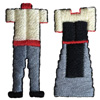 In Africa, there is a very curious and unique fabric, traditionally handmade and widely used by Malian ethnic groups. This cloth and the outfits made of it are called “Mud cloth”, “bògòlanfini”, “bogolan”, or “Grand Boubou”. The Mud cloth is so interesting because it is dyed with the fermented mud. Where else can you find fabric dyed with mud?! In modern days, the bògòlanfini is exported from Mali worldwide and is used in the fashion industry and interior design.
In Africa, there is a very curious and unique fabric, traditionally handmade and widely used by Malian ethnic groups. This cloth and the outfits made of it are called “Mud cloth”, “bògòlanfini”, “bogolan”, or “Grand Boubou”. The Mud cloth is so interesting because it is dyed with the fermented mud. Where else can you find fabric dyed with mud?! In modern days, the bògòlanfini is exported from Mali worldwide and is used in the fashion industry and interior design.
Mud cloth \ Bogolan \ Bògòlanfini \ Grand Boubou
Originating from Mali, Mud cloth is an ancient art form that involves weaving cloth and dyeing it with fermented mud. In traditional Malian culture, the bògòlanfini is worn by hunters, serving as camouflage, as ritual protection, and as a badge of status. Women are wrapped in bògòlanfini after their initiation into adulthood and immediately after childbirth, as the cloth is believed to have the power to absorb the dangerous forces released under such circumstances.
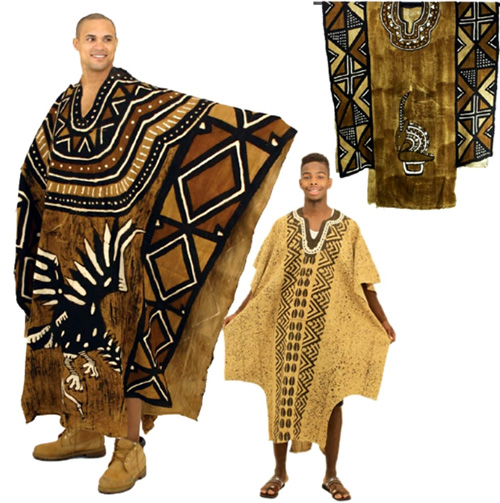
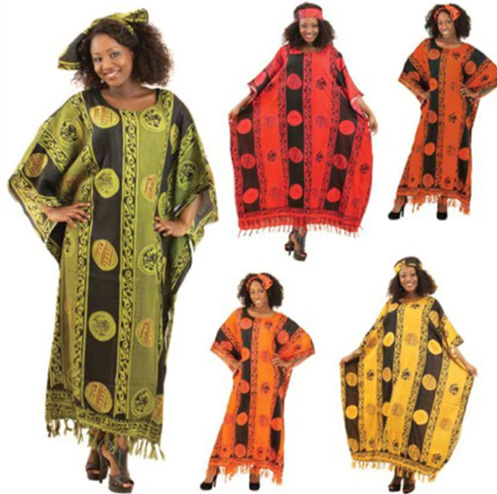
Bògòlanfini patterns are rich in cultural significance, referring to historical events (such as a famous battle between a Malian warrior and the French), crocodiles (significant in Bambara mythology), or other objects, mythological concepts, or proverbs. Since about the 1980s, the bògòlanfini has become a symbol of Malian cultural identity.
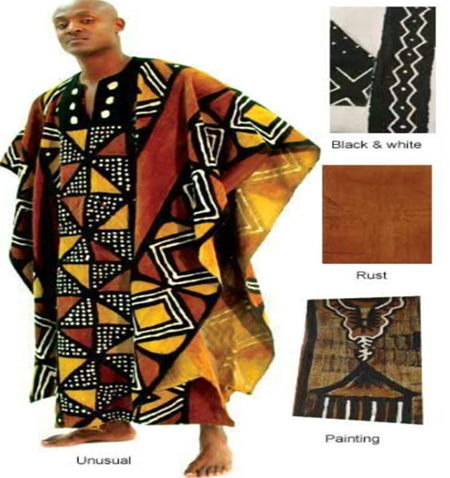
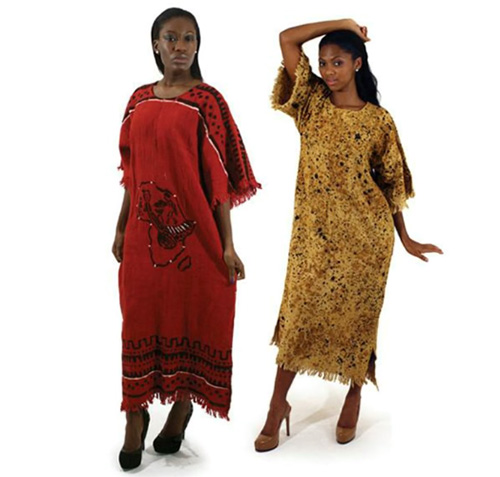
The importance of color
The following is a list of main colors found in African clothing, followed by their meaning to the African people. There can be variations in the meaning, depending on the people group you are studying. However, in general, these are the most common meanings behind commonly used colors in Africa:
- gold – an extremely popular color; it represents wealth and fertility;
- red – represents tension in a spiritual or political world and is viewed as the color of blood;
- blue – represents love and peace; it symbolizes the sky and is a harmonious color;
- green – represents prosperity and life and is also a medicinal color;
- white – represents spirituality and purity.
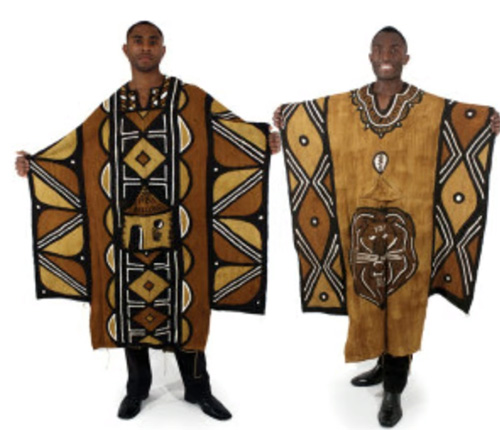
The Africans took the meanings and spirituality of the colors in their cloth very seriously. As you can see, choosing an African garment to wear can mean a lot more than choosing a style that flatters you. You can truly experience African clothing by choosing a color or fabric that has a significant meaning to you or to the culture.
(c)
